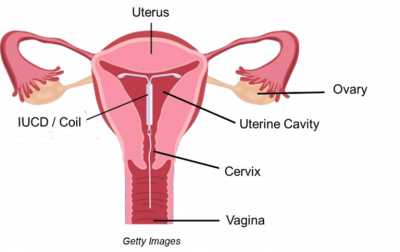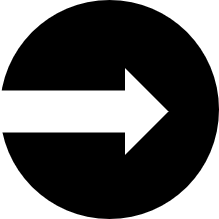Neurodiversity information for parents and young people
This leaflet explains more about insertion of an intrauterine contraception device or ‘coil’ at caesarean section. This includes the benefits, risks and alternatives.
If you have any further questions, speak to a doctor or midwife caring for you.
About the coil
The coil is one of the most effective ways of preventing or spacing pregnancies. They are more than 99% effective at preventing pregnancy.
Coils are known as long-acting reversible contraceptives (LARCs) since you do not need to remember to take them every day and they do not affect your fertility.
It is possible to have a coil fitted at the time of a caesarean. It is inserted through the opening in the womb after the placenta (afterbirth) has been removed.

There are two types of coils offered at caesarean section:
- one that contains a hormone (progestogen), such as the Mirena. This lasts for 5 years. With typical use, it has a success rate of 99.8% within the first year.
- one that does not contain hormones, the copper coil. This can last for up to ten years. With typical use, it has a success rate of 99.2%.
It is important to remember that coils do not protect against sexually transmitted infections. You might need to use a condom as well.
Reasons to have it fitted at caesarean
There are a number of reasons why some women choose to have a coil fitted at the time of a caesarean section.
- It is a safe procedure.
- Provides contraception straight away (it is possible to become pregnant as soon as three weeks after having your baby).
- Painless – you will already have an anaesthetic for the caesarean section.
- Quick – it only takes a few minutes.
- Convenient – you do not need another visit or examination to have a coil inserted at a later date.
- Both the Mirena and copper coils are safe to use while breast-feeding.
- Most people can have a coil. Your doctor or midwife will take a medical history to make sure a coil is suitable for you.
Risks
If you have the coil inserted at your caesarean, the following risks are slightly higher than if you have it inserted separately.
- ‘Lost threads'
Threads from your coil should hang out of your cervix into your vagina. This is so that the coil can easily be checked and removed later by a healthcare professional. These may not be visible at your check-up (discussed below). But this does not necessarily mean the coil has fallen out or that it will affect how effective the coil is as a contraceptive. Most coils can be removed easily. - Expulsion
After any coil fitting, there is a 1 in 20 chance that the coil may fall out of the womb. This is slightly more likely after a caesarean section because your cervix is more open. Signs of an expulsion can include inability to see or feel the coil threads, increase in vaginal bleeding, or seeing the coil come out.
Risks of having a coil, whether or not it is inserted at your caesarean.
- Infection
The risk is very low. See your GP if there are any signs of infection (such as lower abdominal pain, abnormal vaginal discharge possibly with a foul odour, pain when passing urine, pain during sexual intercourse or fever). - Perforation or injury to the womb
This is very uncommon (less than 1 in 1000). - Ectopic pregnancy
Coils are very effective. However, if you do become pregnant, there is an increased risk of an ectopic pregnancy. Without a coil, the overall risk of pregnancy followed by an ectopic pregnancy is much lower; but once pregnant with a coil, the risk of an ectopic pregnancy can be as high as 1 in 2.

Arrange a follow-up appointment
You will need to arrange a follow-up appointment 4 to 6 weeks after having a coil fitted during a caesarean. This can be with your GP if they have the facilities to review new coils (they will tell you if they are not able to). Your GP will direct you to your local contraception service if they cannot review the new coil.
The threads from your coil are not cut when the coil is inserted during the caesarean section. They are trimmed at the follow-up appointment because your womb will now have returned to its normal pre-pregnancy size. If the threads cannot be seen, you will have a scan. If it has fallen out, it is now safe to be offered another one.
Alternatives to a coil
Other forms of contraception can be provided after you have had your baby/babies. You can discuss these with your midwife, doctor (GP or obstetrician) or at your local contraception service.
Your consent
It is important that you are and feel fully involved in decisions about your care. Before a coil is inserted at the time of your caesarean, you will be asked to sign a consent form to say you agree and that you understand what it involves. You can change your mind at any time, even if you have said ‘yes’ previously.
More information
Contraception advice from the Faculty of Sexual Health and Reproductive Healthcare website.
Advice about contraception, pregnancy, and sexual and reproductive health, including information about the hormone and non-hormone containing coils on the NHS website.
Contact information
To discuss the possibility of having a coil at your caesarean section speak to your midwife and/or the doctors in the antenatal clinic during your appointment(s).